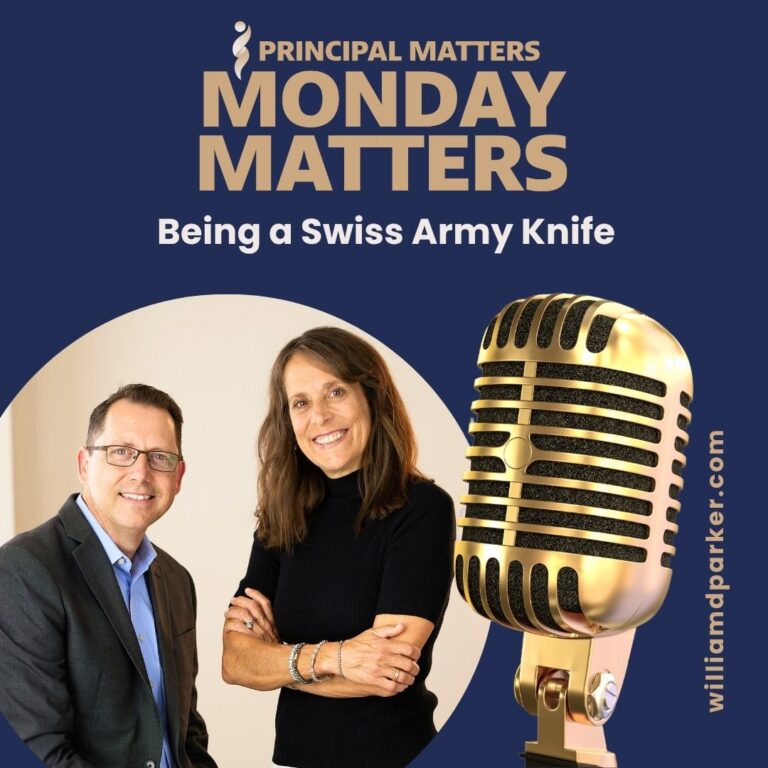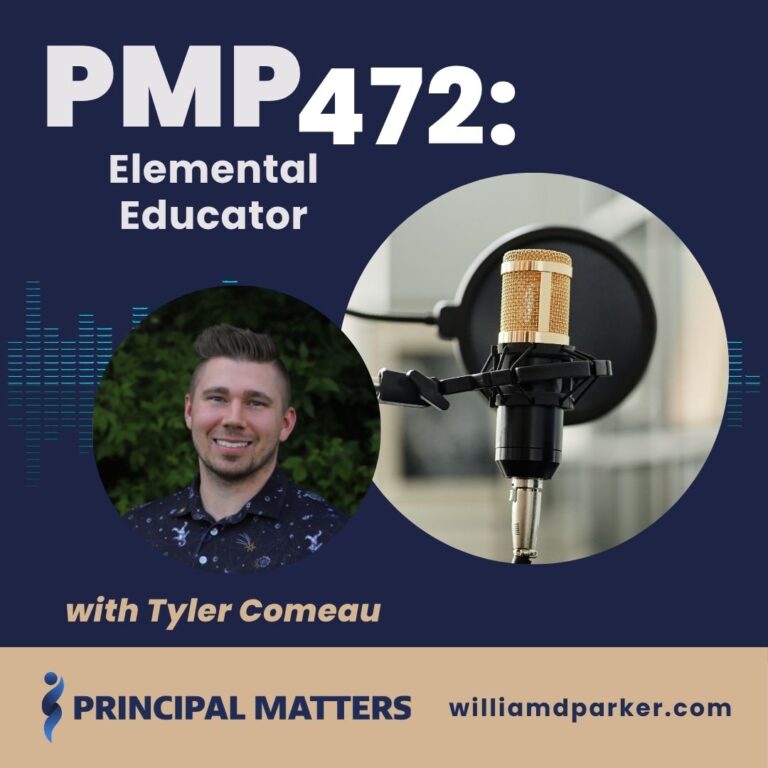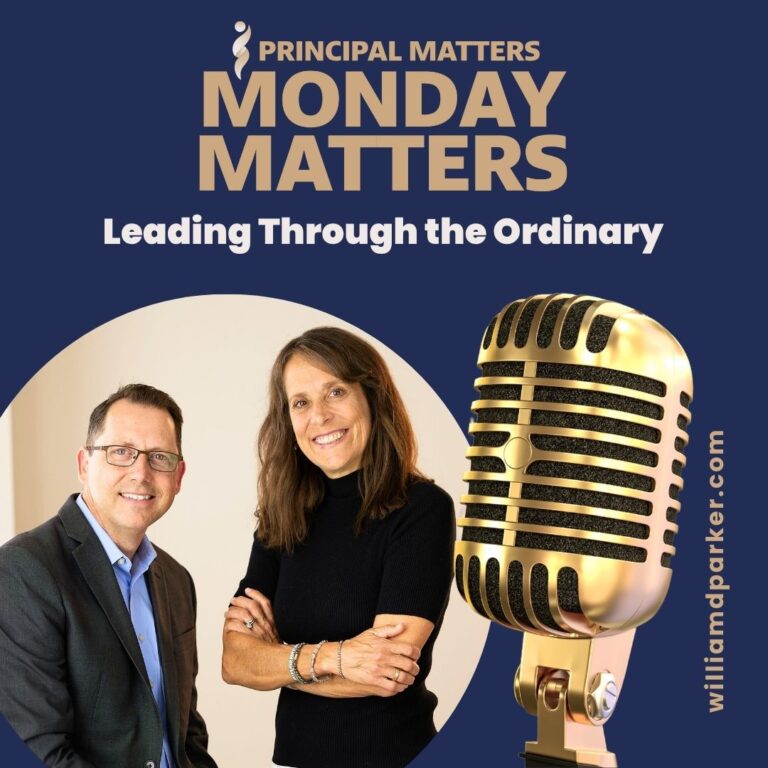I was listening to a fascinating show by Pat Flynn, blogger and podcaster who was interviewing Bryan Kelly from What The Speak on the neuroscience behind great presentations.
As I thought about the research Kelly had done on what makes great presentations, I was reminded how good teaching, leadership, or any communication include the same ingredients.
Kelly created the acronym, SPLAT, to define the five most ingredients in helping others learn.
S = Safety–creating an environment that allows for learning
P = Problem solving–helping others find solutions
L = Lectures–avoiding them and focusing on teaching instead
A = All–all audiences are visual learners
T = Talking–teaching others is one of the best ways to learn
How can these reminders help us in the school setting? Here are my 5 take-aways:
1. Safety
No matter how well prepared your team is, how credentialed, experienced, or creative–if learners do not feel safe, they will not flourish.
Kelly talks about this in the context of presentations. He encourages presenters to NOT put audience members on the spot or make them feel uncomfortable.
In school, the same applies in large settings, classrooms, or one-on-one.
When learners sense we are prepared, have created a safe-learning environment, and treat them with dignity and respect, then the atmosphere exists for learning to take place.
2. Problem Solving
No matter what the subject or content being covered, learners want to know “how is this going to help me?”
In the school setting, it takes a lot of creativity to dig deep and explain how colonial primary texts or quadratical formulas apply to our lives today, but those meanings do exist.
The creative educator finds ways to be aware of real-life problems and points to how the content will help find solutions.
For instance, in a high school English class (where I taught for ten years) no matter what text students are analyzing, the main goals include teaching students to think critically and to speak and write effectively.
When all lessons are launched from these goals, students find lessons meaningful and practical.
3. Lectures
Don’t rely on them. Guess what? Research shows what good instructors and students have told us for years: just talking to people doesn’t mean they are learning.
Lessons must be broken into bite-size pieces so that they can be digested. Questions must constantly be asked that provoke thought and help the learner be a part of the conversation.
In the classroom setting, take a 50-minute period for an example.
How can you take the content of the lessons and break them into 5 chunks of time, so that every 10 minutes, you are transitioning or changing student participation?
However you present content, if learners are just passively listening, they will zone out quickly and learning will be lost.
4. All Audiences Are Visual
Bryan Kelly addresses the research on variety of ways students learn. Yes, a lot can be said about finding a student’s learning style, but in studying the neuroscience of audiences, Kelly found the vast majority of people are still influenced significantly by what they see.
In the school setting, this means learning must be accompanied by visual presentations–whether that comes in the form of drawing examples, providing text, having learners access digital content for following along, writing, or SMART board images.
Simply talking through content with listeners is not enough.
5. Talking
The last letter in SPLAT is a reminder that learning almost always happens best when learners talk about what they learn.
I like to replace the word talking with teaching.
In other words, when audiences have opportunity to reflect on what they’re hearing, they begin to internalize the content.
In Kelly’s example of public speaking, he suggests asking important rhetorical or application questions at the end of a presentation.
In the school setting, this is another description for assessment. A true assessment is to see if a learner has internalized a lesson enough to effectively tell someone else about it.
Better yet, it is important for a learner to take the content and apply it to his or her unique situation so they are finding solutions they need.
Conclusion
Bryan Kelly’s analysis of how audiences learn is a good reminder for how people learn best.
If you can visualize mixing the ingredients of great recipe in a blender, and watching them splat together when well mixed, you can keep the elements of good instruction in mind.
Whether we are in the role of interacting with our own teammates or addressing students, we can keep learning meaningful when we SPLAT:
- Provide safe learning environments.
- Make content a part of finding solutions to problems.
- Engage others by avoiding lectures.
- Remember all of us learn though what they see in visuals.
- And help others apply and “talk through” what they have learned.
Now It’s Your Turn
What else would you add to the list of ingredients needed for a great lesson or presentation? Share with the rest of us.
Sign-Up For Free Updates
When you enter your email address here, you will automatically receive my newest posts. Let’s keep learning together!




